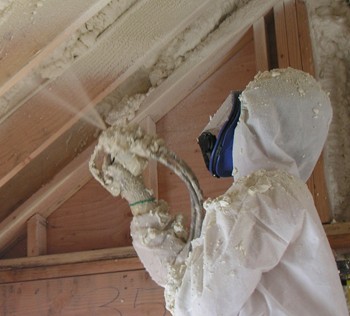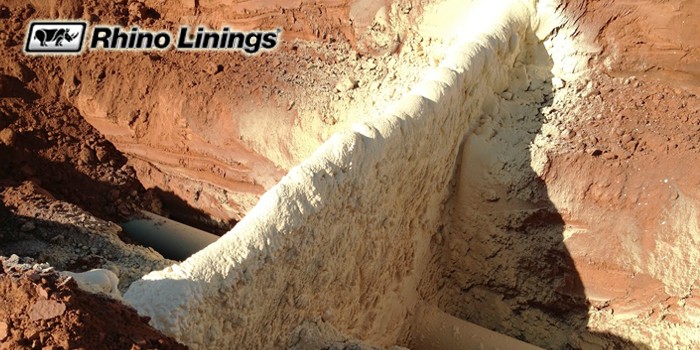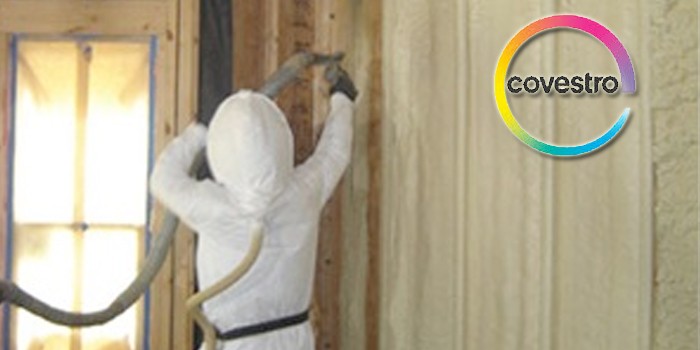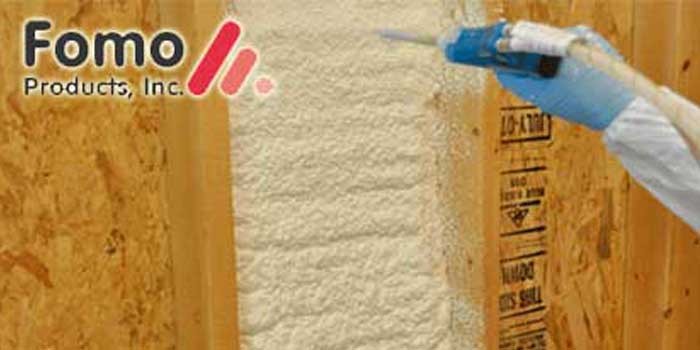
Spray Foam Provides Many Benefits Over Alternative Insulation Materials
With the winter months upon us, many homeowners are feeling anxiety over the high heating bills that will be accompanying the cold weather, especially in this shaky economy. Efficient home insulation is the most effective way to combat this expense and ensure lower energy costs for years to come. However, once you have made the decision to invest in new insulation, you are faced with many insulating options including batt, reflective, fiberglass and foam insulation among others.
Many homeowners are initially inclined to select fiberglass insulation since that is what they are most familiar with and because it is relatively inexpensive. However, you should consider all your options before making a choice.
Polyurethane foam insulation is rapidly gaining in popularity as its benefits become more widely acknowledged. While its upfront costs may be a little higher than fiberglass, foam insulation is considered to provide a better quality insulating barrier than other options, ultimately saving homeowners money through reduced energy costs over time. Spray foam insulation is uniquely suited to fill small areas that may be difficult or impractical to reach with fiberglass. Foam insulation is sprayed into the uninsulated area, such as an attic, basement or wall cavity, and expands to fill every recess and crack, thus creating a truly airtight seal.
While there are do-it-yourself foam kits available, polyurethane insulation should be handled carefully and it is highly recommended to hire a spray foam professional for the application. In addition to alleviating safety concerns, professional installation will ensure that the spray foam is applied properly in order to provide the most energy efficiency and also to reduce wasted product.
Spray polyurethane foam insulation provides many advantages over alternative options, making it the superior choice when selecting an insulating material. Although it may require a slightly higher upfront cost than fiberglass, foam will make up for that difference over the long run with increased savings on heating and cooling costs as well as less maintenance.













